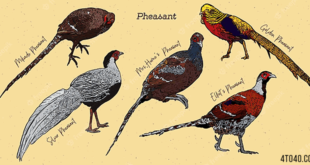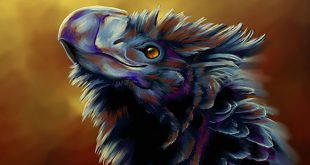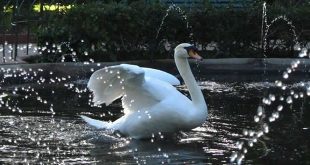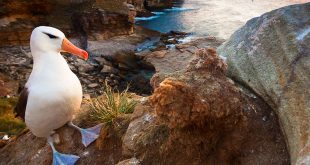Owl —  Owls are a group of birds that belong to the order Strigiformes, constituting 200 extant bird of prey species. Most are solitary and nocturnal, with some exceptions (e.g. the Northern Hawk Owl). Owls hunt mostly small mammals, insects, and other birds, although a few species specialize in hunting fish. They are found in all regions of the Earth except Antarctica, most of Greenland and some remote islands. Though owls are typically solitary, the literary collective noun for a group of owls is a parliament. Living owls are divided into two families: the typical owls, Strigidae; and the barn-owls, Tytonidae.
Owls are a group of birds that belong to the order Strigiformes, constituting 200 extant bird of prey species. Most are solitary and nocturnal, with some exceptions (e.g. the Northern Hawk Owl). Owls hunt mostly small mammals, insects, and other birds, although a few species specialize in hunting fish. They are found in all regions of the Earth except Antarctica, most of Greenland and some remote islands. Though owls are typically solitary, the literary collective noun for a group of owls is a parliament. Living owls are divided into two families: the typical owls, Strigidae; and the barn-owls, Tytonidae.
Owls have large forward-facing eyes and ears, a hawk-like beak, and usually a conspicuous circle of feathers around each eye called a facial disc. Although owls have binocular vision, their large eyes are fixed in their sockets, as with other birds, and they must turn their entire head to change views.
The smallest owl is the Elf Owl (Micrathene whitneyi), at as little as 31 g (1.1 oz) and 13.5 cm (5.3 inches). Some of the pygmy owls are scarcely larger. The largest owls are the two of the eagle owls, the Eurasian Eagle Owl (Bubo bubo) and Blakiston’s Fish Owl (Bubo blakistoni), which may reach a size of 204 cm (80.3 in) long, have a wingspan of almost 2 m (6.6 ft), and weigh of nearly 4.5 kg (10 lb).
Owls are far-sighted, and are unable to clearly see anything within a few inches of their eyes. Their far vision, particularly in low light, is exceptionally good, and they can turn their head 135 degrees in either direction; they can thus look behind their own shoulders. It is correct, however, that some can turn the head so far as to face completely backwards.
Different species of owls make different sounds; the wide range of calls aids owl species in finding mates or announcing their presence to potential competitors, and ornithologists and birders in locating these birds and recognizing species. The facial disc helps to funnel the sound of prey to their ears. In many species, these are placed asymmetrically, for better directional location.
Owl eggs are usually white and almost spherical, and range in number from a few to a dozen, depending on species. The eggs are laid in intervals of 1–3 days and do not hatch at the same time. This accounts for the wide variation in the size of sibling nestlings. Owls do not construct nests but rather look for a sheltered nesting site, in trees, underground burrows, or in buildings, barns and caves.
Most owls are nocturnal, actively hunting for prey only under cover of darkness. Several types of owl, however, are crepuscular, or active during the twilight hours of dawn and dusk; one example is the pygmy owl (Glaucidium). A few owls are also active during the day; examples are the Burrowing Owl (Speotyto cunicularia) and the Short-eared Owl.
Much of the owl’s hunting strategy depends on stealth and surprise. Owls have at least two adaptations that aid them in achieving stealth. First, the dull coloration of an owl’s feathers can render them almost invisible under certain conditions. Secondly, serrated edges on the leading edge of the owl’s remiges, muffle the owl’s wingbeats and allowing its flight to be practically silent. Some fish-eating owls, where this silence is of no evolutionary advantage, lack this adaptation. Elf owls also lack the feathers for silent flying.
Once prey has been captured, the owl’s sharp beak and powerful talons, or clawed feet allow it to tear the food to pieces before eating, even though most items are swallowed whole. Scientists studying the diets of owls are helped by their habit of regurgitating the indigestible parts of their prey (bones, scales, fur, etc.) in the form of pellets. These “owl pellets” are often sold by companies to schools to be dissected by students as a lesson in biology and ecology, because they are plentiful and easy to interpret.
 Kids Portal For Parents India Kids Network
Kids Portal For Parents India Kids Network




